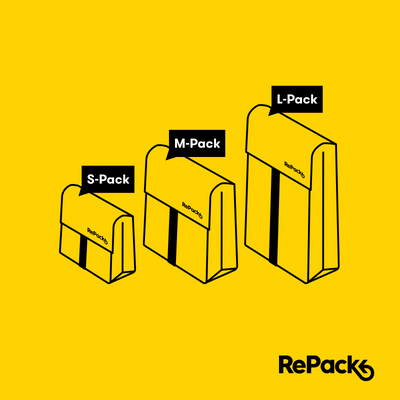
A Revolutionary Solution to the Microfibre Challenge

The Afterglow / Cora Ball Collab
Every time we do a load of laundry, our clothes shed thousands of tiny, unseen plastic strands, which then wash down the drain and end up in the ocean.
Worryingly, these ‘microfibres’ contribute to more than one third of the primary plastic pollution in our seas.

[A tangle of microfiber taken from a Cora Ball after a wash. It is photographed on a flower petal to
To read more about the enormous eco-damage of microfibres, lookout for our upcoming blog post.
That is a lot of potentially damaging plastic fuzz. Fortunately, there is a great solution to this pressing problem: The Cora Ball
Always keen to do our bit to help solve environmental challenges, Afterglow has collaborated with the inventor of the Cora Ball, a US-based non-profit, to become only one of two official UK resellers of their innovative, eco-saving product.
Inspired by Coral

So what is it?
The Cora Ball is a revolutionary laundry ball, its function and design inspired by the way coral catches small organisms in its fronds and filters them from the ocean.
In the same manner, the Cora Ball collects microfibres in your wash in its protrusions, and gathers them into a visible fuzz, so you can dispose of them safely.
Just toss the Cora Ball into your washer.
It's a simple eco-friendly step that has a huge impact, wash after wash.
To purchase a Cora Ball, click here.
How the Cora Ball Works

Most washing machines do not have filters. The ones that do, are only good enough to keep keys and coins from clogging your pipes. A standard filter cannot do what really needs to be done: catch the damaging fibres too small for the human eye to see.
The Cora Ball swooshes around in the washing machine, and, just like coral, allows water to flow unimpeded, while picking up those little pieces of microfibre and catching them in its stalks.
An independent test investigating the effectiveness of the Cora Ball at the University of Toronto, Canada, showed the Cora Ball catches 26% of the microfibres from flowing down the drain.
Collective Eco-Saving Impact
Small, collective actions have the power to achieve big results.
If only 10% of UK households used a Cora Ball in their washing machine, we could keep the plastic equivalent of more than six million water bottles from washing into our public waterways every year. That is enough water bottles to reach from London to Helsinki.
Your use of a Cora Ball protects both air and water.
The Cora Ball’s design collects microfibres until you remove them and put them in the trash.
That means they will not re-attach to clothing and fly off into the air – only to become run-off and end up in our public waterways anyway.
Join the movement and get a Cora Ball right away.
To purchase a Cora Ball, click here.

Getting Started: How to Use Your Cora Ball
When you receive your Cora Ball, follow these three simple steps to begin washing your clothes, safe in the knowledge you will be preventing more than a quarter of its microfibres from entering the ecosystem.
Step 1 – Insert Cora Ball
Throw your Cora Ball in your washing machine.
It is that simple. The Cora Ball is safe to use in any washing machine, front loader, top loaders (with or without a centre spindle), a hybrid, or whatever type of machine have that washes your clothes.
Step 2 – Separate delicates / straps
The Cora Ball works best with your everyday clothes. Please separate your delicates, knits, fine fabrics, anything with tassels, fraying threads or spaghetti straps, as there is a chance that these clothes, fabrics, threads or straps will work their way into the stalks and wrap, pull – or worse.
Just keep your Cora Ball on the shelf when you wash these fabrics and delicate garments.
If something, like a thin strap, does get caught in your Cora Ball’s stalks, carefully unwrap it. Unless it is made of lace or extremely delicate fabric or had fraying threads, it should be fine.
Step 3 – How to Clean your Cora Ball
Cleaning your Cora Ball is easy and similar to cleaning a hairbrush. When you see fuzz/lint balls that are big enough to grab, simply pull them out and throw them in the bin (we are working on finding a way to upcycle or recycle them, until then just do the same thing with this lint that you do with your dryer lint - we’ll keep you posted on this).
Frequency: it will take some time, weeks even, for you to see the fuzz/lint (see below for what to expect). We recommend having a look at your Cora Ball every few washes and when you see a big fuzz/lint ball, take it out.
Don't worry about cleaning the whole Cora Ball completely though. Those little tangles of hair and fibre will actually attract more hair and fibre and grow big enough for you to grab easily.
Rinse and repeat. It really is that simple.
To purchase a Cora Ball, click here.
How fast will you see Fuzz?



